“Battlegroup” WW2 Tactical Wargame Part Four – Scenarios & Campaigns
June 6, 2016 by crew
One more time, Beasts of War, we embark upon our explorations of the “Battlegroup” World War II miniatures game, presented by Ironfist Publishing and Plastic Soldier Company. My name is James Johnson (@oriskany), and if you are just joining us, so far in this article series we have covered...
- Part One: Introduction & Overview
- Part Two: Fire & Movement
- Part Three: Battlefield Options
In this final article, myself and Piers Brand (@piers) will overview how scenarios work in Battlegroup. We’ll also take a look at the library of amazing campaign books that have been produced for this great game.
Please remember, you need at least one of these campaign books to play, so pick your favourite and give this game a try!
Scenarios
The Battlegroup core rulebook gives players a series of basic scenarios to with which to experiment, such as Attack and Counterattack, Flanking Attack, Defence Line, and High Ground. These are generalized “scenario types” that show players how games are built in Battlegroup and offer a framework upon which players can build their own.
In the campaign supplements, however, the scenarios get much more detailed, highlighting conditions and factors particular to the theatre in question. There are also “campaign games,” where players can fight their way through a whole swath of historical combat, like Prokhorovka at Kursk or the Breakthrough to Berlin in 1945.
Of course, players can build their own scenarios, using the unit lists in the campaign supplements. Each unit type has a “Battle Rating” value in addition to a traditional point cost. These Battle Rating values add up to give your force’s “Battle Rating threshold,” against which your opponent will be forcing you to draw counters in the game.
Battlegroup: Kursk
The first campaign supplement produced for this game was Battlegroup: Kursk in 2012, and right off the bat we knew the guys at Ironfirst Publishing weren’t kidding around. After all, the Battle of Kursk (July-August 1943) is widely regarded as the largest land battle in history, an ambitious choice for a company’s first supplement.
Battlegroup: Kursk sets an impressive standard for historical gaming. Detailed information, both historical and gaming oriented, is provided for a huge choice of available units. Lists include everything from horse-drawn wagons to Tiger tanks, ISU-152 assault guns, and Stuka dive-bombers converted to mount 37mm autocannon pods.
The book also includes the full array of what would become standard in these books: painting guides, charts, even “army list” forms players can use to build proper battlegroups. New players might be anxious about all the charts, but these are here only to offer all the choices in the best possible detail, without the headache of memorization.
Battlegroup: Overlord
For their next supplement, Ironfist Publishing would swerve westward and present Battlegroup: Overlord, themed on the Allied invasion of France in 1944. From the midnight airborne landings to the bloody beach assaults, then all the way to the “Westwall” fortifications along the German border, the liberation of France is ready for players to explore.
Battlegroup: Overlord delves players into the near-bottomless texture of World War II history, all while sparing them hours of research. It’s all done for you, including details on amphibious landings, specialist landing equipment and tanks, and the curious vehicles used by the 21st Panzer Division.
Battlegroup: Fall of the Reich
With epic entries made on the Eastern and Western Fronts, Ironfist Publishing decided to bring the two together with Battlegroup: Fall of the Reich. This supplement covers the final months of the war, when an imploding Germany was being invaded by the Soviets from the east, and the Americans, British, and French from the west.
Many people like “late war” gaming just so they can play with the “biggest toys.” While this is true for the Allies, the Germans don’t usually have the men or supplies to go with their latest “wonder weapons.” Their tattered army lists show it, much to the game’s credit. Expect to see civilian pensioners with panzerfausts more often than King Tigers.
This is one of several Battlegroup books I own personally, and in terms of usefulness, it’s one of my favourites. You get British, American, German and Soviet unit data, right up to the end of the war. And since armies also used older equipment, you also get data applicable to scenarios dating partway back into the mid-war period, too.
Battlegroup: Barbarossa
Completing their “Eastern Front trilogy,” Ironfist Publishing next released Battlegroup: Barbarossa, detailing the initial Axis invasion of Soviet Russia in the summer of 1941. This was Battlegroup’s first big push into what most consider the “early war” period, with tanks, vehicles, and guns that are far lighter than we see in later years.
Battlegroup: Barbarossa does a great job with describing not only the German Army of 1941 but also their allies, the Hungarians, the Rumanians, and even the Finns. The book also details how the Red Army was organized in 1941, which was very different from its structure in 1943 or 1945 (i.e., in Battlegroup: Kursk or Fall of the Reich).
All this information, together with the usual detailed unit lists, scenarios, stunning photos, and great painting guides, probably explain how Battlegroup Barbarossa was nominated for the 2015 Origins Awards Best Historical Miniature Rules Supplement.
Battlegroup: Blitzkrieg
Ironfist Publishing continued to expand through early war gaming with Battlegroup: Blitzkrieg in 2015. With this sourcebook, players can explore the opening campaigns of World War II in Europe, including the German invasion of Poland in 1939, followed by Belgium, Holland, Luxembourg, and France in the summer of 1940.
Of course Battlegroup Blitzkrieg brings in whole new armies, including the Poles, the Belgians, and especially the French. Also included are detailed descriptions of how the British Expeditionary Force (BEF) was put together, equipped, and expected to fight the German onslaught.
Speaking only for myself, I find the early parts of World War II to be a much more interesting wargaming experience. The odds are much more even than later in the conflict. Also, the weapons don’t reach as far or hit as hard, opening the battlefield (and the gaming table) to a much wider arena of fast manoeuvre.
Battlegroup: Wacht am Rhein
Finally we come to the very latest release from Ironfirst Publishing, Battlegroup: Wacht am Rhein (Watch on the Rhine). This was one of the code words used by the Germans for their surprise assault against the Americans in the Ardennes in December 1944. The ensuing fight would be remembered forever as “The Battle of the Bulge.”
This book contains the usual background narrative, great scenarios, and lavish photography - along with lists for “Volksgrenadier” divisions and the elite (but brutal) Waffen SS battlegroup known as “Kamfgruppe Peiper.”
Please note that you need the Battlegroup: Overlord campaign book to get the best use out of Wacht am Rhein. But by “connecting” this book with Battlegroup: Overlord and Fall of the Reich, players get an unparalleled end-to-end look of the entire Western Front, and the ability to run solid, credible engagements anywhere from D-Day to VE Day.
Battlegroup: The Future?
So what’s in store for Battlegroup going forward? Generally speaking, more of the “campaign guides” seem to be in the works, less expensive and more accessible, like the Wacht am Rhein supplement for Battlegroup: Overlord. Possibilities include Arnhem (A Bridge Too Far) and Budapest (the Eastern Front’s “Battle of the Bulge”).
Never fear, however, Ironfist Publishing is certainly not giving up on their full-size campaign books. Although a final title has yet to be chosen, keep an eye out for news on a campaign book covering the first half of the Western Desert war, perhaps including information on the German airborne invasion of Crete in May, 1941.
Sadly, that brings our article series on Battlegroup to a close. But if you have any interest in World War II tactical wargaming, do not let this be the end of your explorations into this game. While no wargame is perfect, for what it’s worth, when it comes to World War II miniatures, Battlegroup is the “Oriskany All-Time Pick” hands-down.
As always, I’d like to thank Ben, Lance, and the rest of the BoW team for letting us publish and making our work look so great in the site layout. I’d also like to thank Piers Brand (one of the writers for the Battlegroup game), not only for keeping my facts straight but for letting me use so many of his amazing photos in this article series.
Highest thanks, however, go to all of you, the Beast of War community members who’ve read these articles and shown your support with your great comments, questions, and suggestions. Mountains of gratitude as always, and let us know what you think in the comments below!
By James Johnson & Piers Brand
If you have an article that you’d like to write for Beasts Of War then you con get in contact with us at [email protected] to find out more!
"There are also “campaign games,” where players can fight their way through a whole swath of historical combat, like Prokhorovka at Kursk or the Breakthrough to Berlin in 1945..."
Supported by (Turn Off)
Supported by (Turn Off)
"Never fear, however, Ironfist Publishing is certainly not giving up on their full-size campaign books..."
Supported by (Turn Off)





























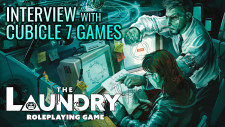

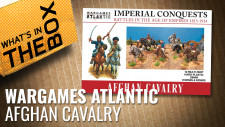
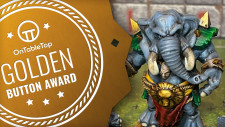
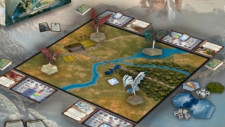
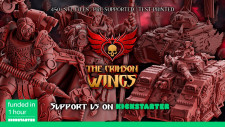
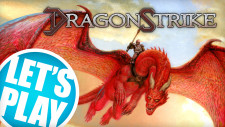
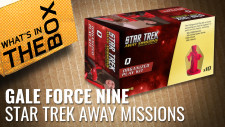
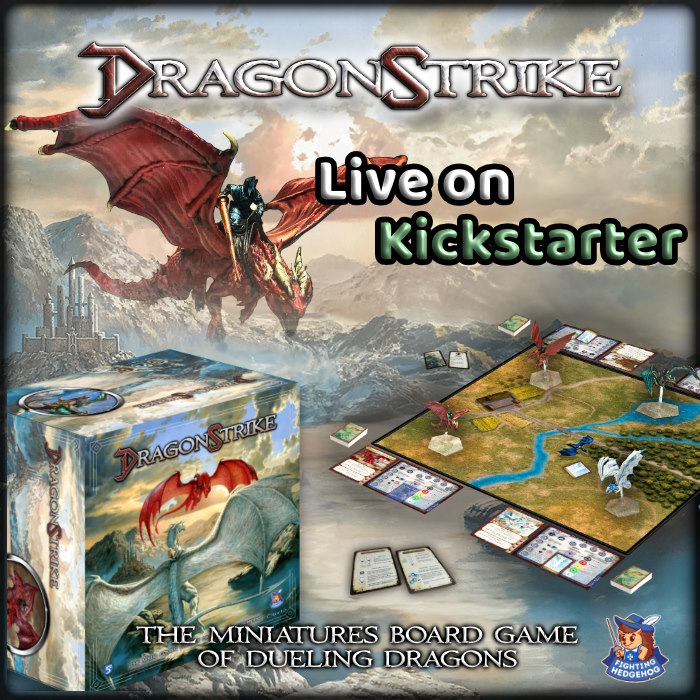

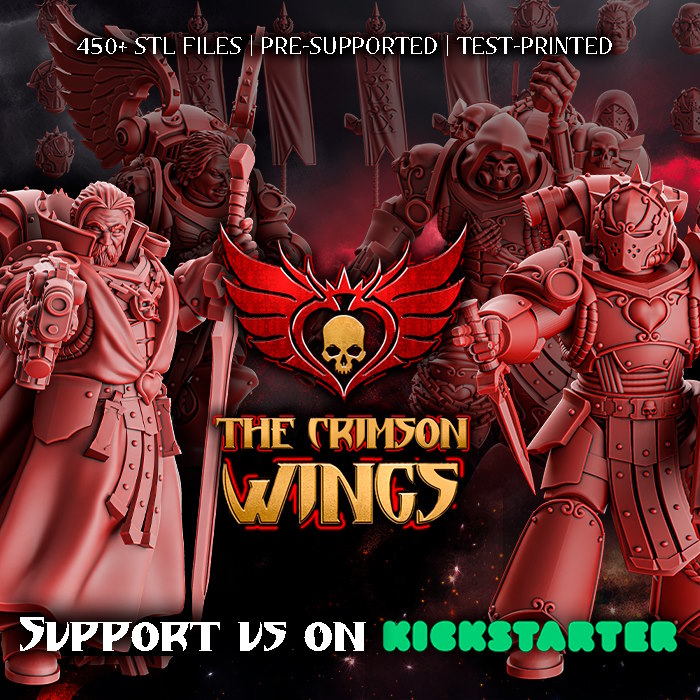


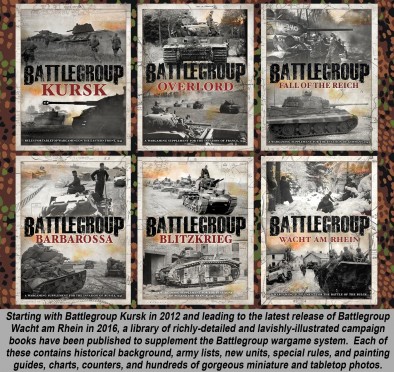
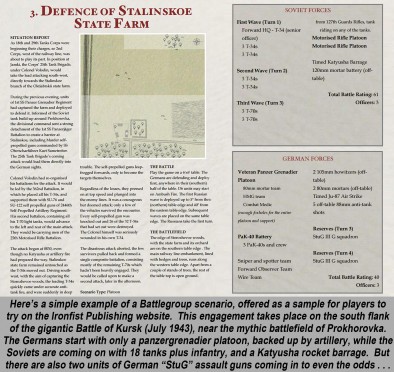
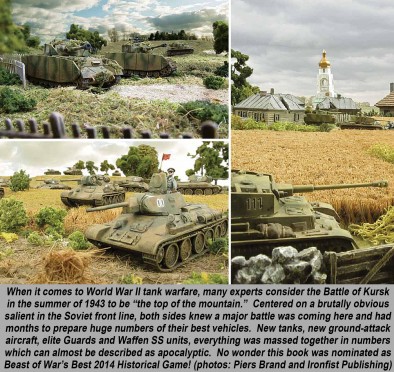
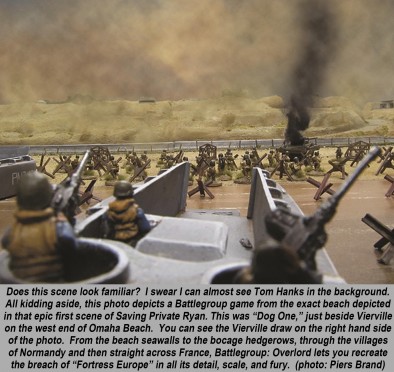
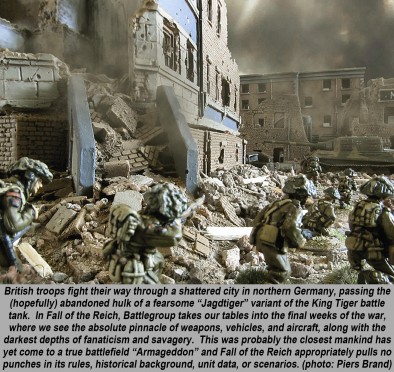


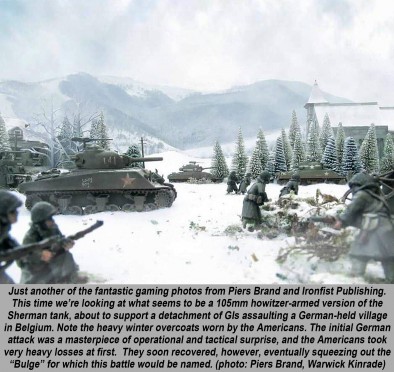
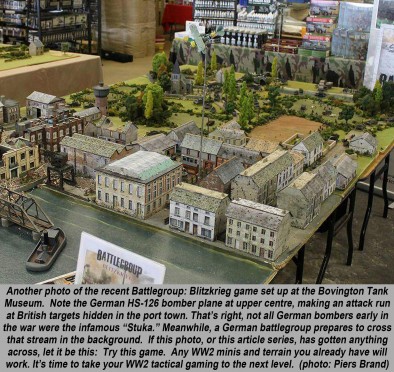

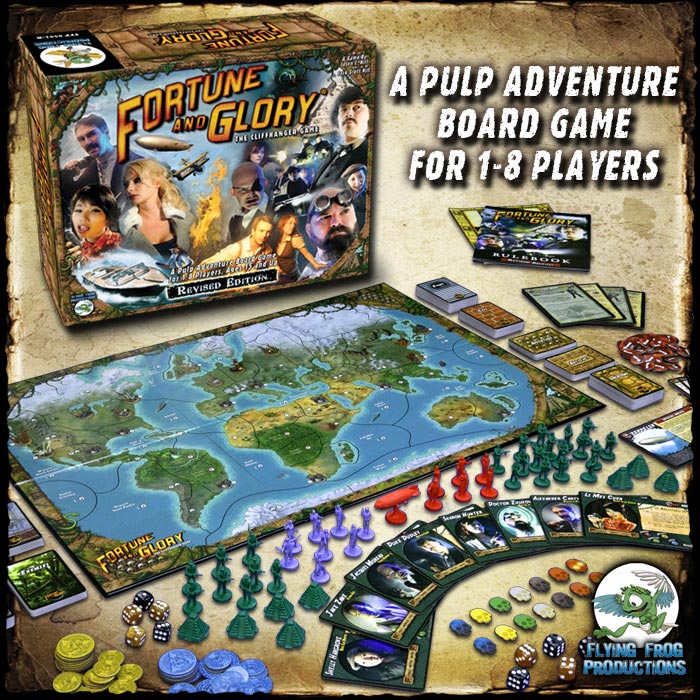

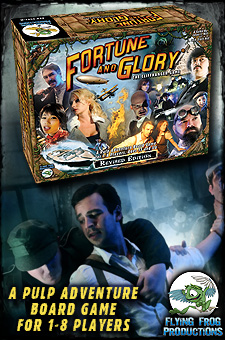
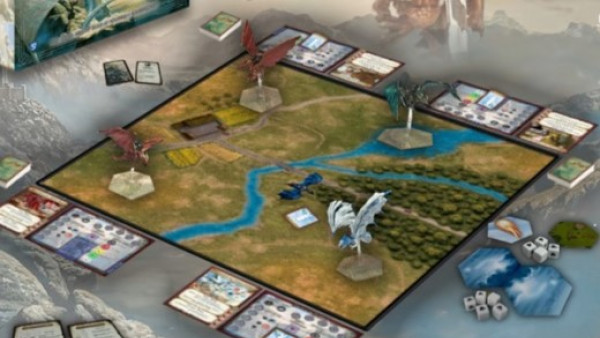
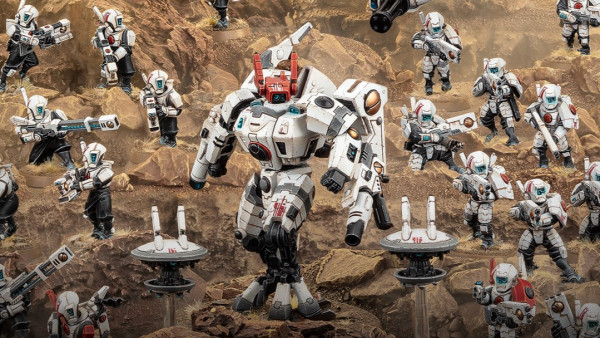
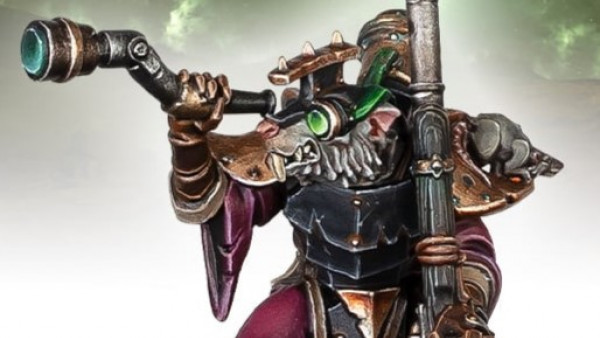
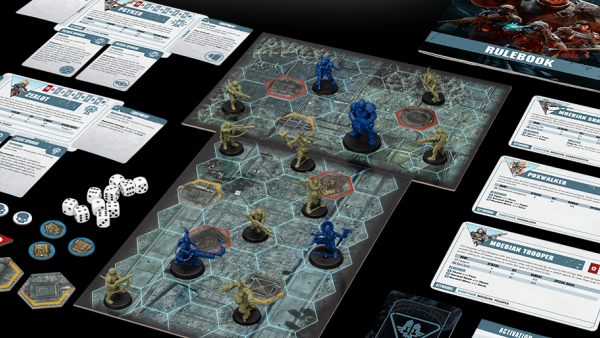
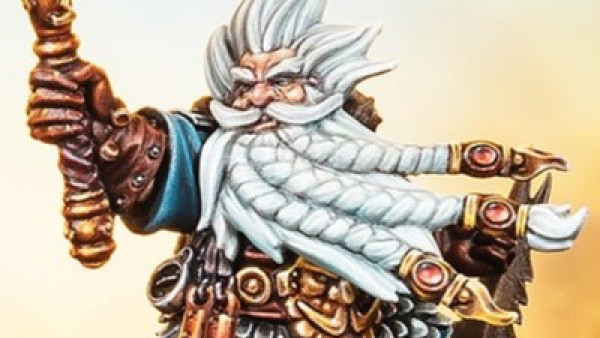

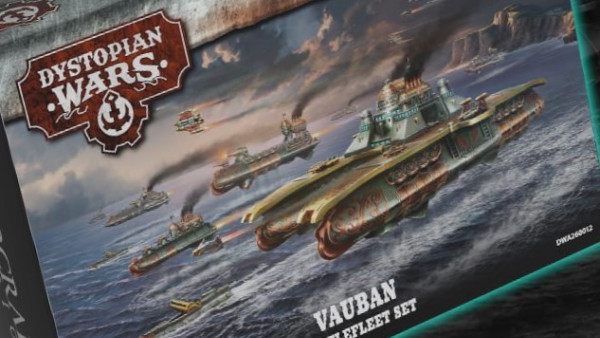
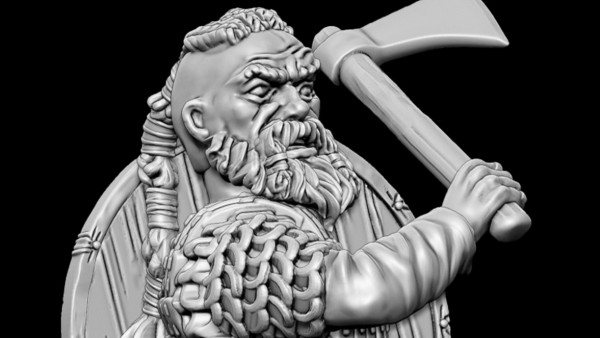



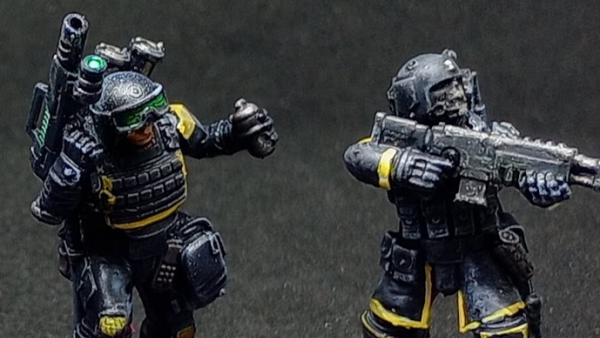
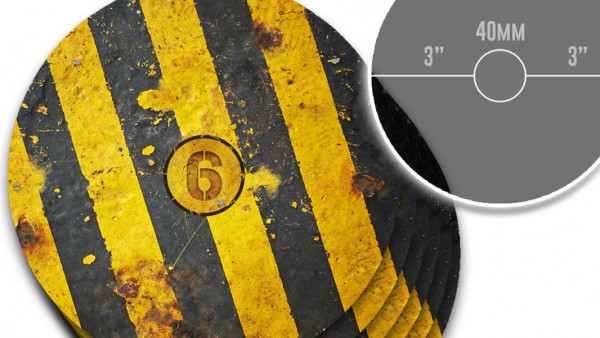












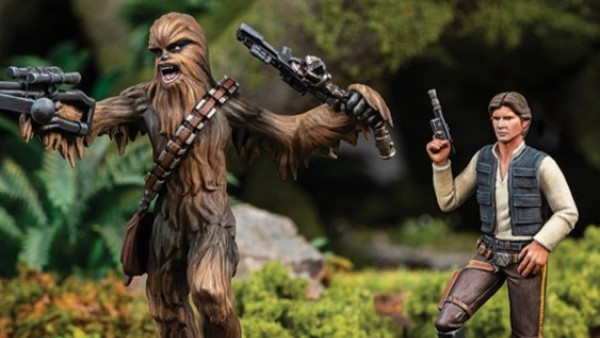
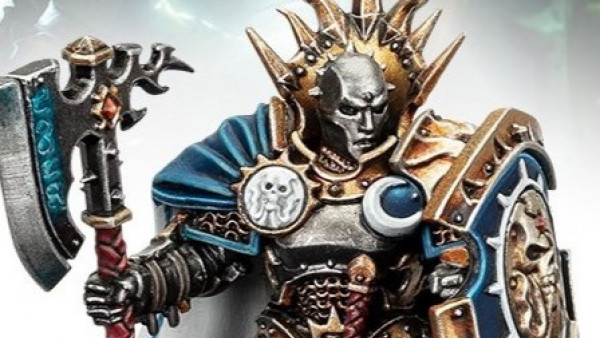
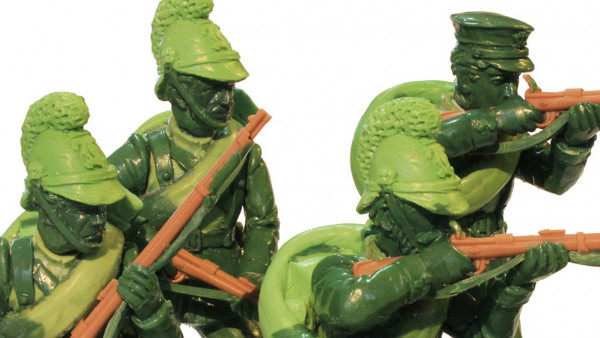

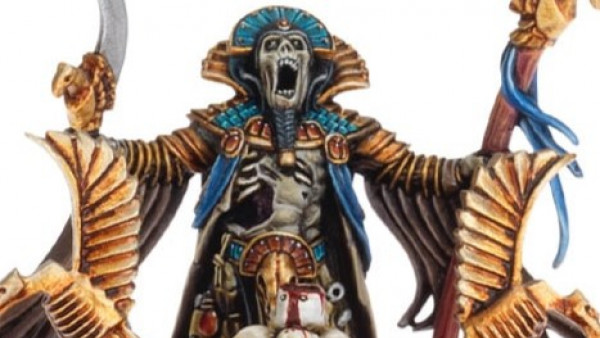
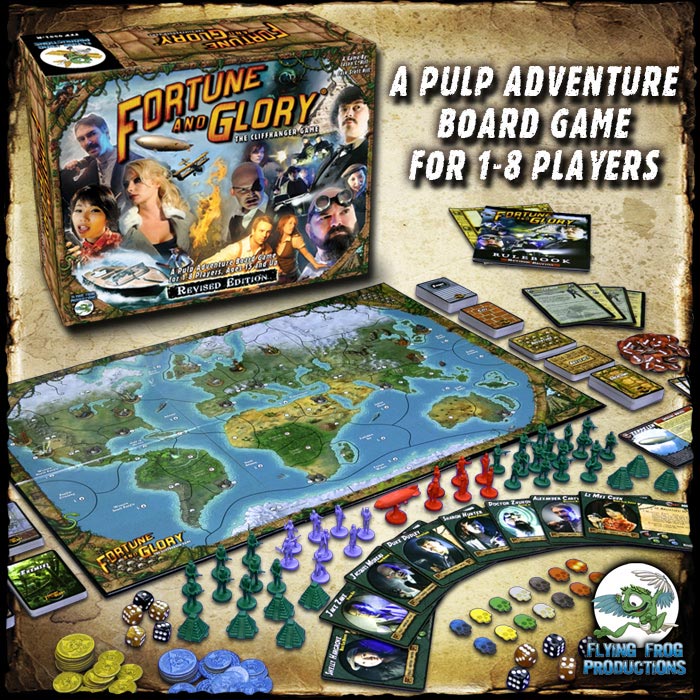

Time to lean back and enjoy …
Africa and the Siciliana invasion would be interesting to see, along with Crete and the Balkans
Thanks, @rasmus . 😀 I don’t want to speak for Ironfist, but I’ve been told that a North Africa and Crete book could be in the works. I stress “could,” and I wouldn’t know when. I’m certainly not part of Ironfist, just another happy gamer. 😀
For some odd reason I always liked the Balkan campaign. .. I think we can blame the original DOS based Panzer General from SSI. ..
Dude, I played that game for hours on my old PlayStation 1!! Back in the Bronze Age, that is. 😀 I can still hear the cheezy music …
https://www.youtube.com/watch?v=-Y9pvkcxH7Q&list=PLuXk2Ke3aaAgm8htbKZouPnOWTdznHK7a&index=3
@oriskany I always thought you was a man of good taste 🙂
Wonder if that could not be ported to Android. … would be a brilliant game of travelling. ..
I remember playing that game through, @rasmus , then again, deliberately losing certain battles so I could go down other “plot paths” and unlock new campaigns. Then a third time to crank up my troops to the highest possible upgrades experience, etc. I’d take all the objective cities except one, and then let the enemy respawn units, have my weaker units kill the new units, crank up experience and resource points as high as possible. Only on the very last turn would I take the enemy town and win the game. By the “end” of WW2, my German army was… Read more »
Yes, far from a perfect simulation, and you could break the game – So it where no Steel Panthers (yes you can grind in that too). But still better than most tablet offering I am aware of … Candy crush?
I even have seen the original box from the game …. I should clean out the stuff I have at my folks
still remember in the 80’s playing SSI’s tigers in the snow on the Amiga I think.
At work today I was listening to some of the old “Blitzkrieg” OST . . .
https://www.youtube.com/watch?v=noX_unV2gqw&list=PLE88BACB6CB800A1F&index=3
Ah, the good ole’ days. 🙂
Very nice,a game from my heart. Spent many a Saturday gaming with these rules.
I am going to order the Blitzkrieg one soon. The articles swayed me towards it. 🙂 Great job @oriskany and @piers
Thanks, @nosbigdamus and @yavasa . I just recently got my own copy of Blitzkrieg. Another great book, with lots of unit data and lists for German, Polish, British, French, and even Belgian forces in 1940. Haven’t tried any Blitzkrieg-era games yet, though, but I’m looking forward to putting my big Char B2 tanks back on the table!
@oriskany Great overview!
I really like the BG: Blitzkrieg book. The early war period is just so interesting to me. I am building up a German force while my friend is working on a Polish force. Once we get out forces sufficiently built up for the Invasion of Poland, we might then expand into the other early war conflicts–Frenchies I’m looking at you =)
I have three TKS tankettes, @@iplay40k , some cavalry I can proxy, and of course plenty of light artillery and infantry I can use for a Polish campaign game. Who knows, maybe I’ll try one in the forums one of these days.
Sounds like you’ll get to a Polish game before I will. Let me know what you think of it when you try one. 😀
@oriskany I will. I’m sure it will be great fun. By the time I have everything assembled, I should be able to field something like 3 dozen early war panzers (2/3rds of which will be Panzer Is and Panzer IIs) in addition to various armored cars, halftracks, artillery, infantry, etc. Unfortunately, my playing partner isn’t keeping up with me, so our first games will likely be on the smaller scale until my friend’s Polish forces can be built up to match my German forces.
@iplay40k – three dozen early war panzers? Good grief! 😀 I think I have … maybe one dozen – a couple of Pz 38(t)s for 7th and 8th Panzer, four PzKpfw 1s, five 2s, five of the early 4s with the L24 7.5cm howitzers . . . okay, so a little more than a dozen. But nowhere near three. 😀
What scale are you using?
@oriskany They are 1/72 scale. Actually, I wasn’t even counting my Panzer 35(t)s and Panzer 38(t)s =p – so I guess that makes it about 4 dozen, but only 3 dozen field-able since you cannot mix 35(t)s, 38(t)s, and IIIs together in the same force =) Although they are not yet all assembled, so far I have: 6 x Panzer I A, 6 x Panzer I B, 12 x Panzer II C, 6 x Panzer III E, 6 x Panzer 35(t), 6x Panzer 38(t), 3 x Panzer IV F1 (which will be proxying for earlier versions of the PZ IV… Read more »
Right @iplay40K , I think the rule against mixing PzKpfw-IIIs and PzKpfw-38(t)s in a battlegroup is to add just a touch of historical accuracy. According to my sources, PzKpfw-38(t)s were used in in place of PzKpfw-III models in 1st and 3rd Light Divisions in Poland, then 6th, 7th, 8th, and 9th Panzer Divisions in the 1940 Blitzkrieg. By the time they go into Russia, 9th Panzer has traded up to the newer PzKpfw-IIIGs, but the panzer regiments of 6th, 7th, and 8th Panzer Divisions are still using the PzKpfw-38(t) in their “medium battle tank” slot, where the PzKpfw-IIID or G… Read more »
Great set of articles. The game interested me enough to buy the core rule book and now I will need to make a decision on a campaign book. Thanks for the well written and researched articles along with the stunning photos.
Thanks, @pschwag – but don’t wait too long to buy a campaign book! I think BG: Kursk is now only available in .pdf, and from what I understand physical copies of Overlord is now out of stock as well (.pdf version in the making). The hard-back campaign books are just gorgeous, big, gloss paper, full color, great photos, tons of information, painting guides, etc etc etc . . .
Great articles guy`s, i`ll be getting the “Blitzkrieg” (possible for my B-day, if not sooner). As i have already started to collect a “German” force based around the early part of WW2, and the book with the paint scheme`s will be a great help. Plus i don`t want to make the mistake of getting a wrong troop type or vehicle that was not around at the time.
Thanks, @doomzombie – I’ll admit that early war WW2 gaming is my favorite (i.e., covered in BG: Blitzkrieg and BG: Barbarossa). The guns aren’t that long-ranged or uber-powerful yet, leaving the battlefield open to a lot of extra maneuver.
You gotta b e careful, though, especially as the German player. Man, those “panzers” are small, fragile, and don’t hit very hard at all. You certainly can’t play a PzKpfw-IIID like a king Tiger. 😀 Early-war gaming really puts a player’s tactics to the test.
@oriskany but…but all my little Panzer I A/Bs and Panzer II Cs are just so cute =p
The can be adorable, can’t they, @iplay40k ? I’m doing some Barbarossa lately, and whenever I put like little Pz Is or IIs on the table (in 15mm they are reeeeealy small) it’s always tough to suppress the urge to say …
“aaaaaaawwww … 😀
Snicker =p
I’ll admit that early war WW2 gaming is my favorite………… I`ve always liked the early stages of WW2, to me hitting fast and hitting hard was the one sure ways of putting your opponent on the back foot and keeping him there. Plus having the right kind of air support help`s out…………………..I`m not worried about not having long-ranged or powerful gun`s at the start (as they will come later when you move on to mid-war), as “Blitzkrieg” is all about the “Lightning Strike” besides what`s the point of having “Air Support” if it`s not gonna deal with it for you……………………………….… Read more »
Tank/infantry cooperation was poor at best in 1940 and non-existent at worst.
Great question about tank riders, @doomzombie .:D Infantry riding on tanks was a tactic “pioneered” by the Soviets (tankovyy desant), so you don’t really see it in widespread use until at least 1941. It’s also horrifically dangerous (only the Soviets would come up with this), those infantry are terribly exposed and universally take grievous casualties. A squad that’s supposed to be spread out across a hundred feet of covered ground, is now all clumped together and 5-10 feet in the air with absolutely no cover at all. The Germans did “learn it” from the Soviets and apply it a little… Read more »
Yes… Soviets can have tank riders in Battlegroup.
No one else really used the method offensively like the Russians…
What a great series of articles, I am considering the overload because I already have the PDF rules. Thanks to oriskany and BOW for all the great stuff
Thanks, @normandyfan – glad you liked the series! 😀
Overlord has sold out at PSC but other retailers still have stock… should be out on PDF soon. We are also looking at either a reprint of Overlord but the cost may defeat us, so we may produce a small NWE army list book to go with the revamped rulebook we are looking to do when the mini rulebook has almost sold out… will be a large format softback and contain all the generic scenarios fom all the books in one place… and a couple of army lists to get people started. Battlegroup Tobruk is underway, hopefully for release at… Read more »
I’m really looking forward to BG: Tobruk and the new, larger text version of the core rules book.
@piers I’m guessing BG: Tobruk covers the initial attacks of the Italians that happened at the end of 1941. Roughly where does it cut off at? As I recall, there was going to be two North Africa books, one covering the early part, and the second covering later part. Is that still the plan?
Late 1940, I mean. Derp.
Not sure where it will cut off, perhaps El Alamein…
The idea was that book 2 would cover the later desert campain, Tunisia and perhaps Sicily framing each book with an Airborne operation.
A campaign set in Sicily would be interesting. Some serious fighting against the 15th PanzerGrenadier Division and Herman Goering LW division, and before the Allies had such an overwhelming material superiority.
*sniff* … the last article in the series.
soo … what’s next ?
Bwa … ha ha ha. 🙂
Taking one week off. Starting the Monday after that (June 20) we’ll hopefully have another article series up and running.
After that, I’ll probably be taking a longer break to help support / facilitate Operation Zeus. On my own table, might be making a shift to sci-fi just for a change of pace.
The Western Desert appeals because of the scope and mish mash of old, new and captured equipment (think of the Aussies in captured Italian tanks painted with huge kangaroos on them so they would not be shot at by their own side).
The Sicily/Italy theatre would be a logical continuation of the theme, adding in opposed landings (Anzio!) and railgun artillery (Anzio Annie!)
Railroad guns, @dorthonion – good grief! “Heavy” guns in Battlegroup tend to roll 6, 7, or 8 dice against a 2+ to cause casualties, but these are usually 170mm howitzers to 280mm nebelwerfer rockets. Annie was a 284mm – about an 11″ battlecruiser cannon. So I guess the Battlegroup system can technically handle artillery of that caliber. I think a high-velocity shell might cause more damage than a rocket of a similar caliber, so maybe 10 or 12d / 2+? Why not just throw a soccer ball on the table? Whatever falls over is dead! 😀
Railway guns are already in Fall of the Reich…
does any of the books cover the whole war time line or are two books the best way to go game wise. guys?
Get the rule book and a campaign book – that is the way to go for this game … I think I might pick up the two early war books myself
thanks
@rasmus is correct, @zorg , you need the core rule book and at least one of the campaign books, whichever one most strikes your interest. To put all of World War II in one book would do one of two things … Over-simplify the subject matter down to a level “beneath” that with which Ironfist Publishing normally presents it … or produce a gigantic book that would be 500 pages in length, “chase off” most players, weight about forty pounds, and probably cost $200. 😀 I really hesitate saying this because I certainly don’t want to discourage anyone from trying… Read more »
nice.
Another great set of articles, so many thanks. I’ve recently been heavily into Hearts of Iron 3 on the PC so WW2 gaming is getting a look at the moment. To fuel my creative urge I’ve been painting up some Gurkha platoons from the 4th British Indian Infantry at the battle of Monte Cassino. Will be working on some British Infantry from the Royal Sussex Regiment next, who fought alongside at the battle. I’m then going to take some creative licence and add some tanks from the North Irish Horse. They never fought at Monte Cassino but were at least… Read more »
Have not had time for HoI3 but I did play 1 and 2 to the end several times as different nations
HOI3 kept me engaged for a looooong time. Particularly when I launched my ‘Operation Overlord’ not into Normandy but into Northern Denmark and drove straight south into Germany.
And I see HOI4 was released by Paradox just the other day. More demands for my time.
Thanks, @redvers , glad you liked it. Man, Gurkhas. You’re not kidding around, are you? 😀 Italy tends to get overlooked in most wargaming, movies, and historical accounts in general. A whole hist of reasons for this, I guess. From a wargaming perspective there are no real battles of maneuver. A lot of massed artillery barrages, a lot of slow infantry assaults. I guess for an infantry-centered game like Bolt Action there is plenty of material to explore, but like you suggest in your post, you often have to “fiddle” with the history a little to get some solid tank… Read more »
In a certain other well known WW2 15mm game, the Gurkhas in assault are brutal. Most troops kill on a 4+ but our friendly Gurkhas do it on a 2+. Based upon the Battlegroup books release so far, I guess the Gurkhas haven’t been involved yet. There were some tanks at Monte Cassino. The NZ 2nd Div had some Shermans but as Shermans are as common as muck in late WW2 Allied armies, I opted for the North Irish Horse who were equipped with Churchills. As you say, there was little battlefield maneuvering with a lot of the battles being… Read more »
@redvers – I’m pretty sure you could use Gurkhas by giving them “veteran” or “elite” status in Battlegroup. These rules (especially elite) makes them very difficult to pin. But like we said in Part 03, not arbitrarily bullet proof or “supernaturally stronger” in an abstract sense. Bullets kill well trained elite men just as easily as conscripts, elite troops don’t get better PHYSICAL defense just because they’re elite (i.e., they’re not wearing armor). As far as their offensive capability, you might have to come up with a special rule re: additional dice in close assaults or something (or just arm… Read more »
Another great article series. Nice choice going over each of the campaign books. I know sometimes in game systems it is tough to know which supplements to get without looking through the books yourself.
Thanks, @gladesrunner . I’m sure most gamers have their favorite a favorite campaign / period – or at least a campaign-period for which they have armies built. 😀 Ths makes it easier for players to focus in on the part of WW2 that works best for them.
Great set of articles. I just picked up Barbarossa and really enjoyed it. I intend to pick up the rest of the series as well. I also prefer early war over late war. I hope that they do put out a western desert book as that would be a must have.
Next comes the hard part converting minis 🙁 Vehicles are not a problem. My infantry, it may be easier to just start over. As all of mine are currently based for FoW.
Thanks, @tibour – I’m doing some gaming with Barbarossa over the past few weeks and I definitely think the book is great. Not sure you strictly have to re-base your infantry, though. In Battlegroup, the basing rules are pretty open to allow players to use miniatures they already have on hand.
A nice rounding off of the series @oriskany and @piers. This last article touches on one of my likes of the game in that it links back to the history quite strongly. This is something that you should learn along your way. Many new comers to historical WW2 gaming today come from a fantasy or Sci-Fi background in their wargaming experience. Common to both types of wargame is that you create an army-list based on points and squeezing the most powerful force out of them with no regard to historical background or lip service at best. To these gamers historical… Read more »
Another great post, @jamesevans140 . You write: This gives my two great tools to explore a battle at two different levels in a similar way that @oriskany uses Panzer Leader and its family and Battlegroup to explore a more fuller view of the battle and its details. Definitely agree. A serious gamer, especially a historical one, shouldn’t be limited to a single game system even for the same conflict or period. A “portfolio” of games is best, to explore different levels and aspects of a given campaign or war. A painter doesn’t have just one brush or paint to get… Read more »